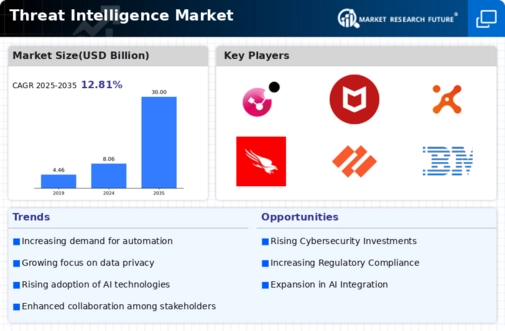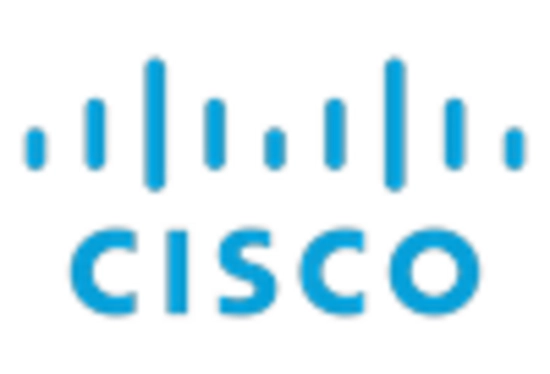Market Share
Threat Intelligence Market Share Analysis
The Threat Intelligence market is undergoing significant developments influenced by various market factors that shape its landscape and impact its growth. One of the primary drivers fueling the expansion of the Threat Intelligence market is the escalating sophistication of cyber threats. As cyberattacks become more advanced and diverse, organizations increasingly recognize the need for proactive measures to identify, mitigate, and respond to potential threats. Though Threat Intelligence solutions have a central position to deliver up-to-date, relevant information to the organizations that would improve their cybersecurity. The regulation, which is inherently changing, is an important factor fueling the growth of the Threat Intelligence market. All the governments and regulatory institutions of the world are imposing strict data protection and cybersecurity regulations that are to be met by the organizations by taking relevant threat intelligence solutions to maintain compliance with the regulations. The translucency of these regulations is meant to drive the adoption of Threat Intelligence systems which will aid enterprises in tackling cybersecurity with dexterity. The competitive landscape is an integral part of the Threat Intelligence industry as a major market deciding factor. Thanks to the growing face of cybersecurity threat awareness, there arise a multitude of vendors and service providers with sophisticated and cutting-edge Threat Intelligence solutions. Competition stimulates innovation, making other Throrg Intelligence providers to improve their offerings by adding advanced features, integration ease, and real-time threat detection. Partnerships and collaborations among players in the industry create an enabling environment for growth and the adoption of new technologies. In addition, the increasing partnership and data exchange between entities of the cybersecurity community are key factors that help to develop the Threat Intelligence market. Collaborative information and threat intelligence sharing platforms allow organizations to utilize collective knowledge and experiences, which makes them more capable of resisting cyber risks collaboratively. The providers of Threat Intelligence are usually members of these sharing ecosystems, commuting to a more expansive and interconnected cybersecurity defense. The human factor in cybersecurity also gains more awareness which is reflected in Threat Intelligence. As phishing attacks and social engineering tactics become more prevalent, Threat Intelligence solutions extend their capabilities to include human-centric threat intelligence. This involves monitoring and analyzing threats targeting human vulnerabilities, providing organizations with insights into potential social engineering and manipulation attempts.









Leave a Comment